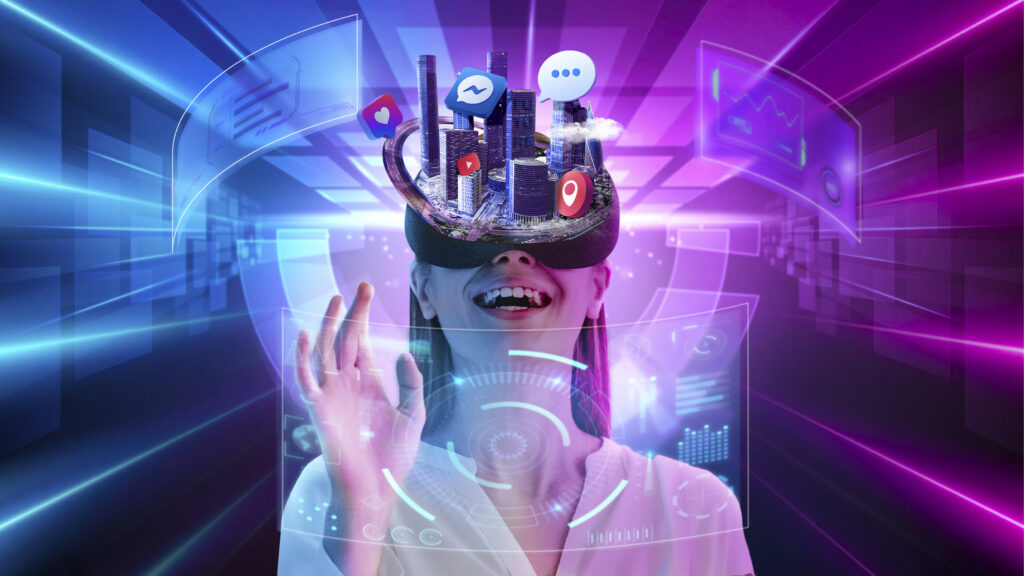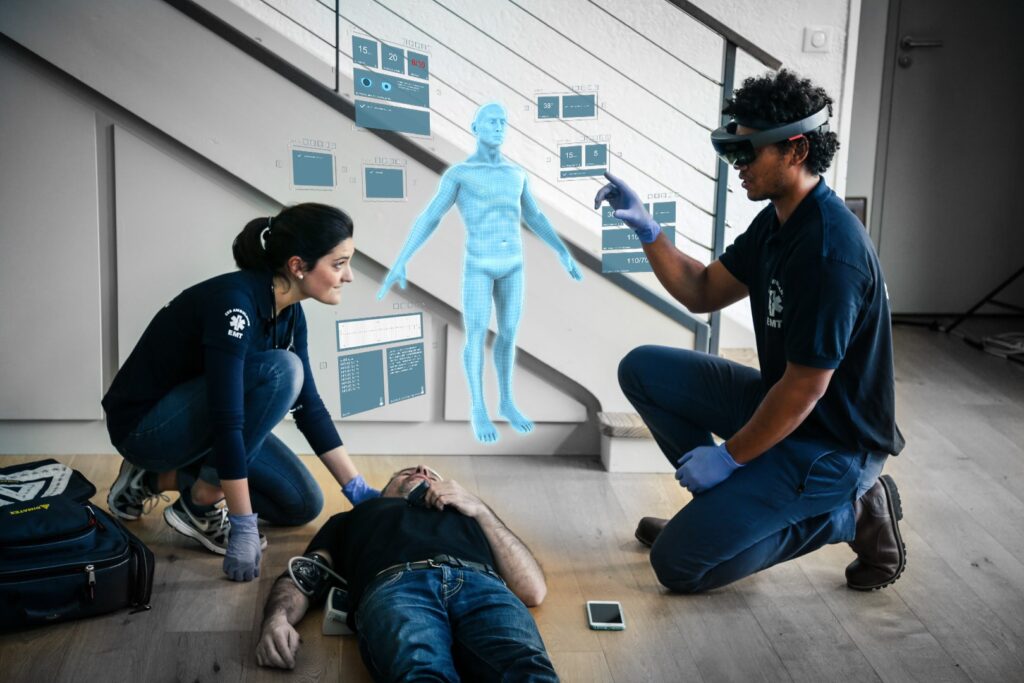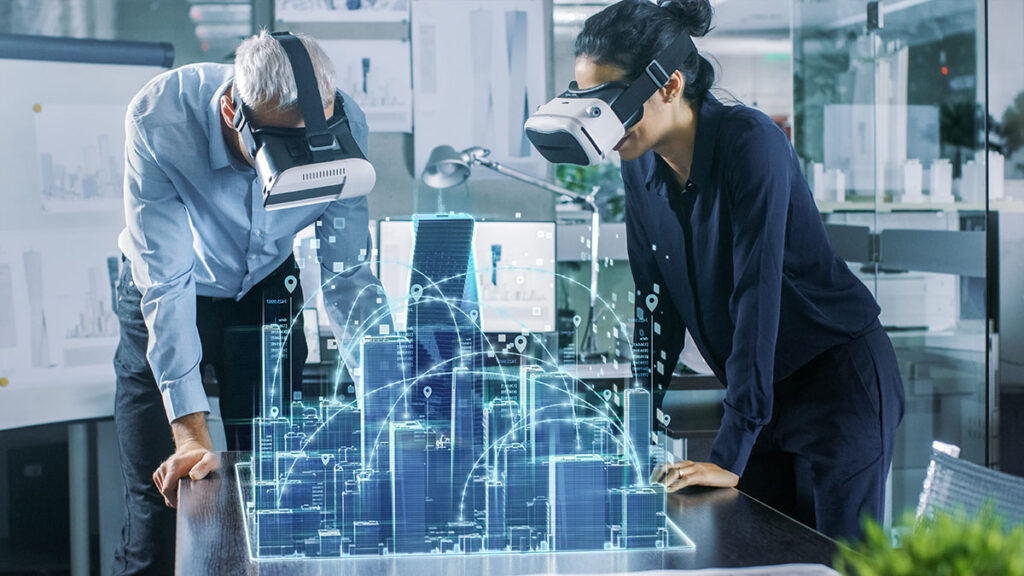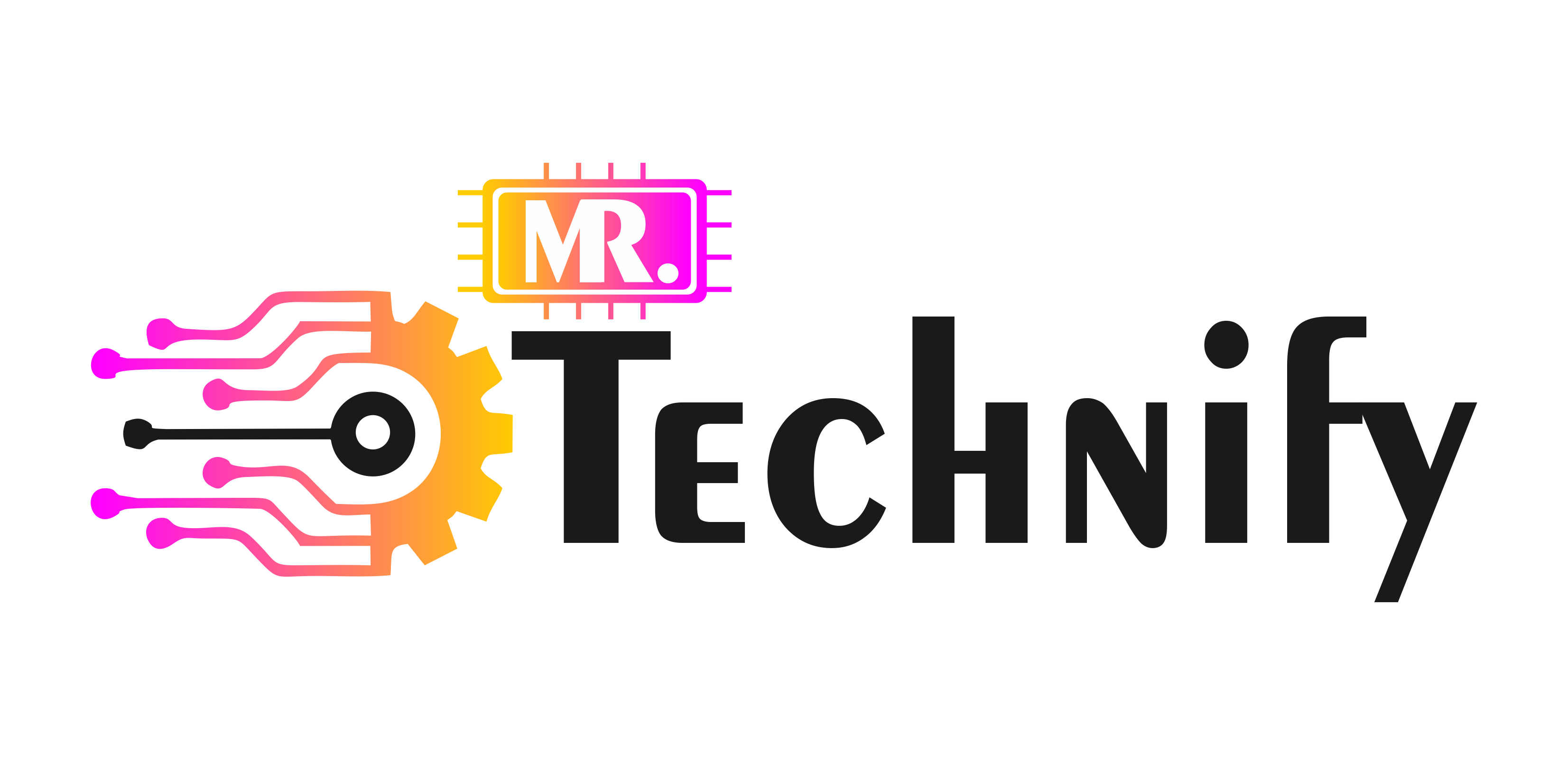Introduction to Mixed Reality(MR)
Have you ever considered combining the actual and digital worlds to enable real-time communication between intangible and virtual objects? Because mixed reality currently exists, it is no longer only a hypothesis found in science fiction.
-
The Concept of MR
The concept of mixed reality (MR), also known as hybrid reality, basically combines virtual reality (VR) with augmented reality (AR). It does not entirely submerge you in a virtual world like VR or digital overlay information over the actual world like AR. Instead, it combines the two to create a new setting where tangible items and digital objects may communicate.
-
Evolution of MR
The evolution of MR has been swift and transformative since the inception of virtual and augmented reality technologies. As technologies advanced, developers managed to create solutions where VR and AR could be merged, giving birth to the concept of MR.
MR Technology
Would you like to explore the technology behind this futuristic concept in more detail? Let’s get into it!
-
How MR Works
MR works by combining the best of both VR and AR. This technology superimposes virtual objects onto the real world. However, unlike AR, these objects are interactive and can be controlled by the user.
-
The Role of Augmented Reality (AR)
However, MR virtual reality immerses the user in the digital setting and allows them to interact with digital objects organically and practically.
-
The Role of Virtual Reality (VR)
Contrarily, MR Virtual Reality assures the user’s complete immersion in the virtual world, allowing them to interact with the virtual items naturally and tactilely.
-
Critical Components of MR Systems
MR systems primarily consist of wearable devices like MR glasses or headsets, sensors, and software. The wearable device displays the virtual objects while the sensors track the user’s movements and adjust the virtual scene accordingly.
Applications of Mixed Reality
MR isn’t just about fun and games, though it excels there too. It holds vast potential across various sectors, from education to healthcare and business.
-
MR in Gaming
Imagine battling dragons in your living room or finding hidden treasure in your backyard. With MR, gaming experiences have become much more immersive and interactive.
-
MR in Healthcare
In the healthcare sector, MR assists doctors in planning surgeries, training medical students, and supporting remote consultations. It’s genuinely revolutionizing the field.
-
MR in Education
Educational institutions are increasingly adopting MR to provide an interactive learning environment. Whether exploring the solar system or walking through historical events, MR enhances students’ understanding and retention of information.
-
MR in Business
Businesses are harnessing the power of MR for employee training, remote collaboration, product design, and much more. It’s creating efficient, effective, and engaging workplaces.
The Future of Mixed Reality
MR is just in its infancy, and its future holds untold possibilities.
-
Emerging Trends
A growing trend is combining MR with AI and machine learning. It promises to bring more intelligent and personalized experiences to users.
-
Potential Challenges
Despite its potential, MR faces high costs, privacy concerns, and technical issues. However, ongoing research and development efforts are striving to overcome these hurdles.

Conclusion
In summary, mixed reality represents the forefront of immersive technology, effectively linking the physical and digital realms. Its versatile applications have the potential to bring about transformative changes across multiple sectors. As society increasingly embraces the digital age, MR is poised to become integral to our future.
FAQs for Mixed Reality
How does mixed reality work?
Mixed reality overlays interactive virtual objects onto the real world, allowing users to control and interact with them.
What are the applications of mixed reality?
Mixed reality has applications in gaming, healthcare, education, and business, offering immersive experiences and practical solutions.
What components are involved in mixed reality systems?
Mixed reality systems typically include wearable devices like MR glasses, sensors to track user movements, and software to display virtual objects.
What are the future trends and challenges of mixed reality?
The future of mixed reality involves integrating AI and machine learning for personalized experiences. Challenges include cost, privacy concerns, and technical issues, which researchers are actively addressing.

